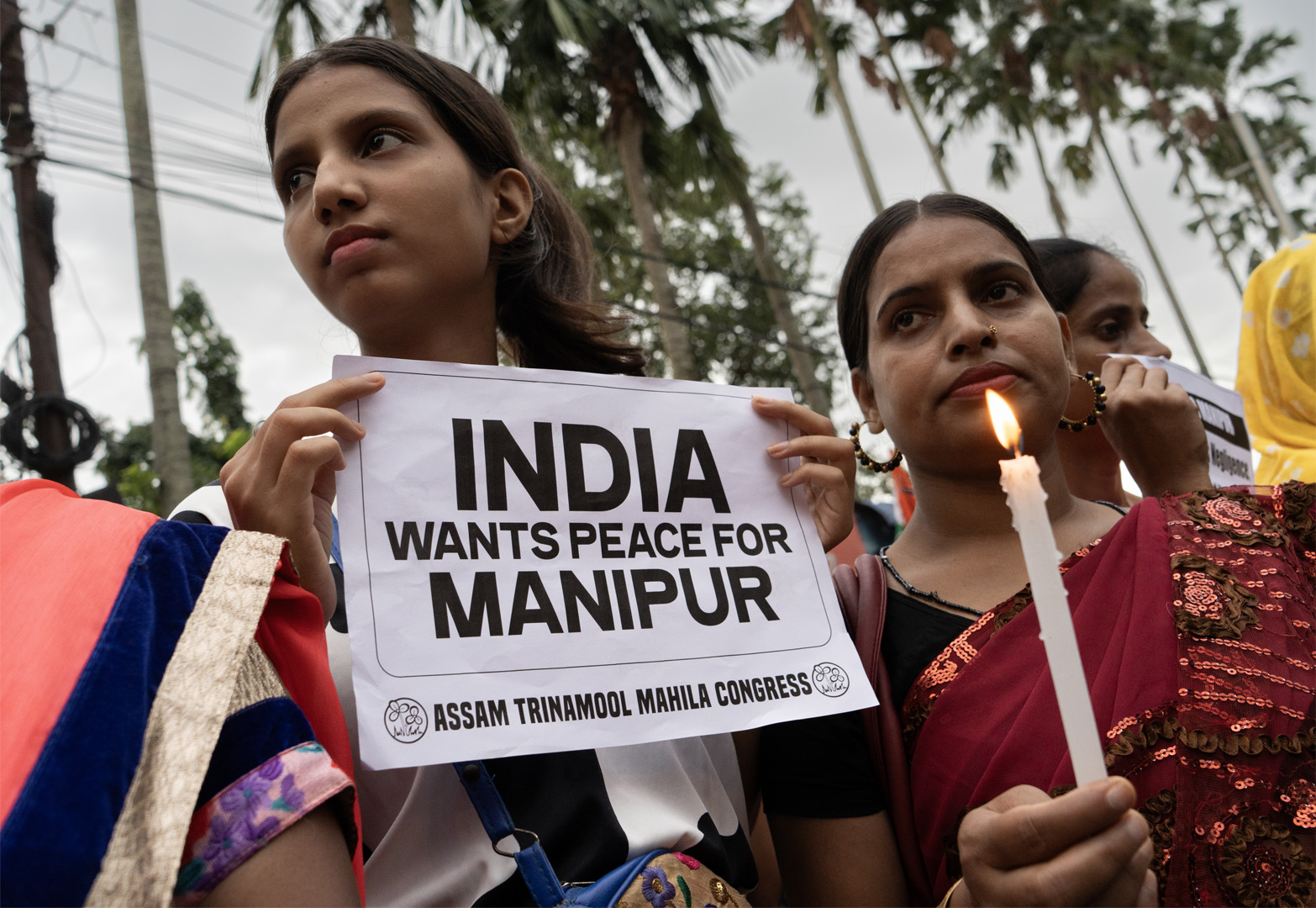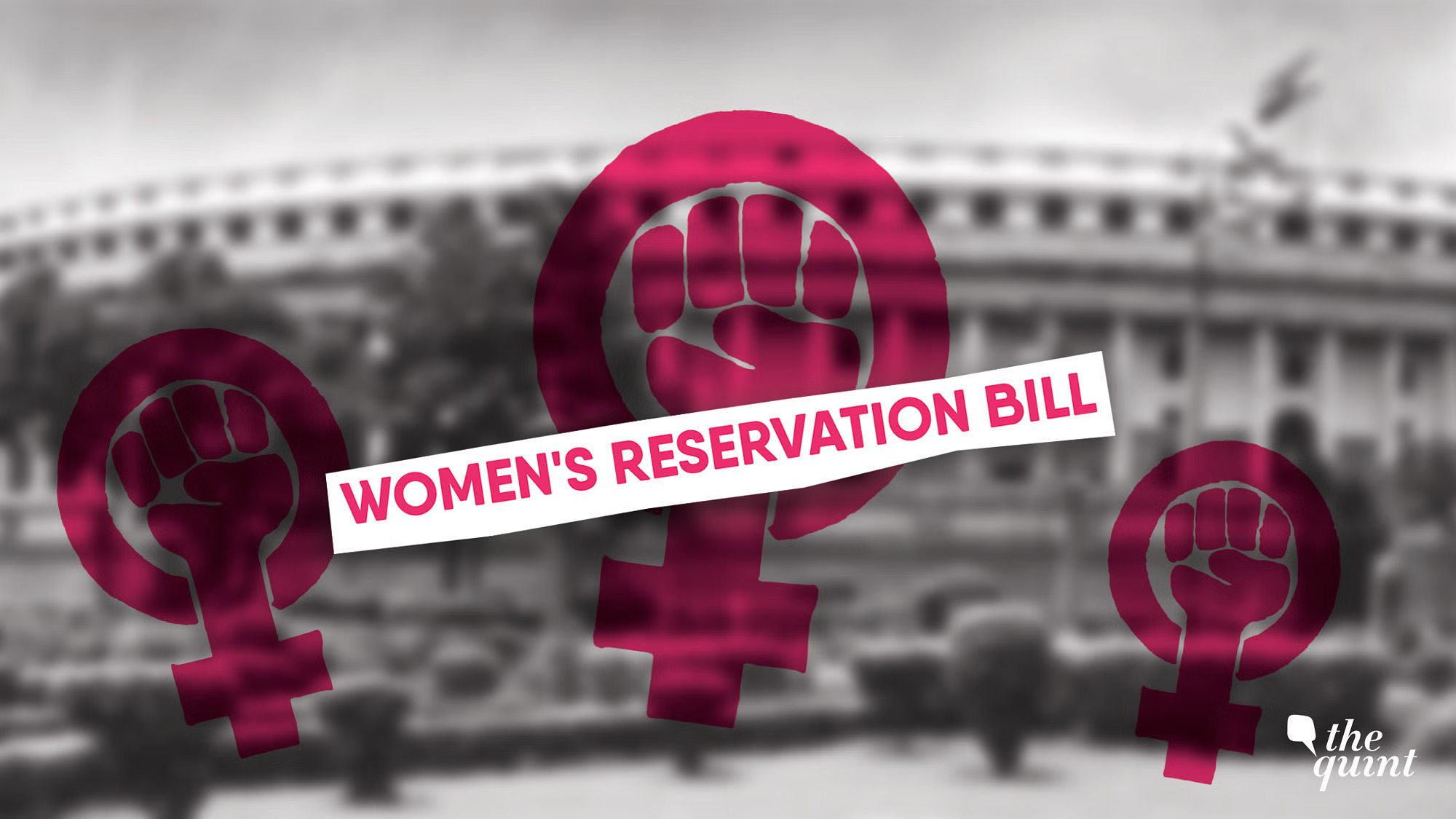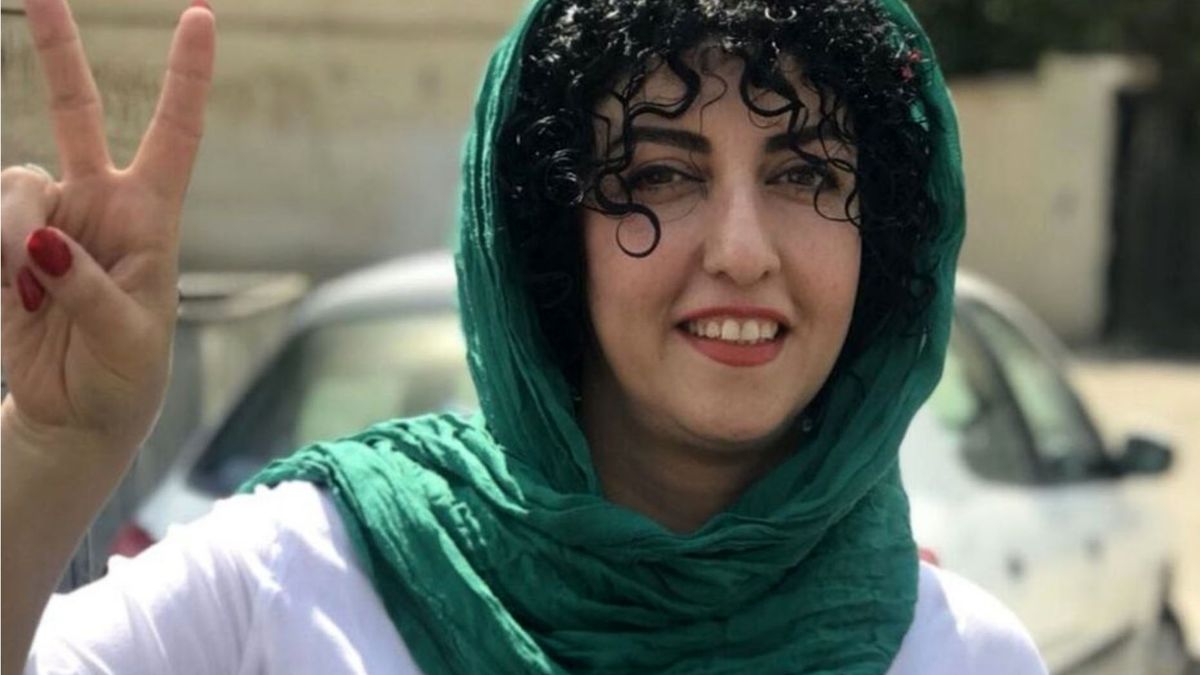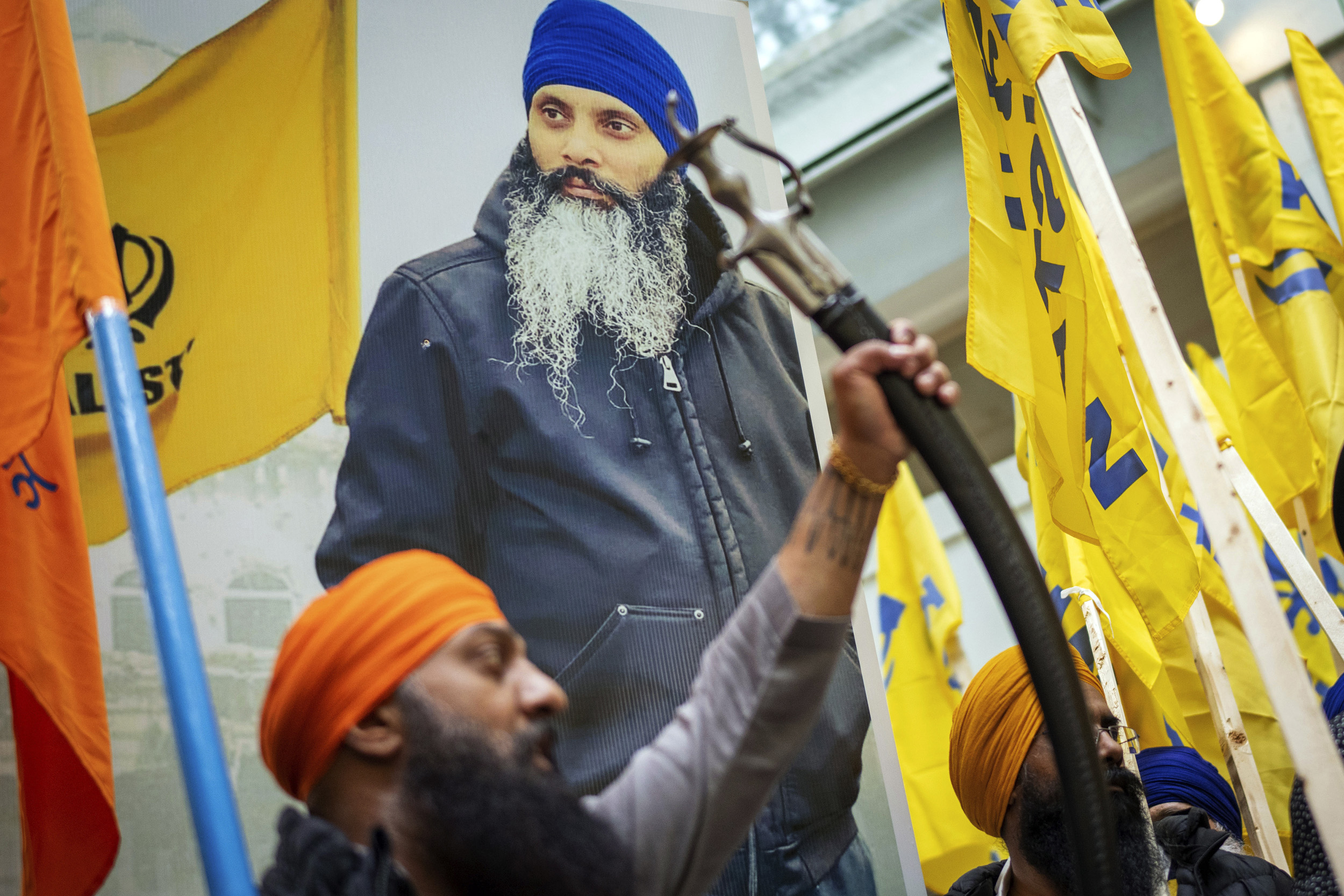Extrajudicial executions, often known as “encounters” in India, have long been a divisive and worrying subject in that nation. These occurrences involve the suspected involvement of people in criminal activity in deaths caused by the use of lethal force by law enforcement forces, frequently without due process or accountability. While upholding law and order is important, the question of how long we will continue to disregard extrajudicial killings on Indian soil remains.
In India, charges of staged encounters and disproportionate use of force have been made, and extrajudicial executions have started to happen often. These crimes have become disturbingly frequent rather than rare occurrences, raising significant questions about the condition of law enforcement and justice.
The pressure placed on law enforcement organizations to demonstrate success in preventing crime and terrorism is one of the main causes of this problem. In some instances, police officers kill people they perceive as threats under the pretense of encounters without conducting adequate investigations or subjecting them to judicial review. This undermines public confidence in the criminal justice system in addition to violating the fundamental right to life.
The absence of accountability is among the biggest issues with extrajudicial executions. Police officers are rarely held accountable for their acts, which fosters an atmosphere of impunity. Many times, confrontations are depicted as heroic deeds, and the cops involved receive praise instead of being subjected to investigations. Extrajudicial actions are further encouraged by general impunity.
In India, extrajudicial killings are common and are referred to as encounters. They refer to the killing of an accused person by the state who is frequently, but not always, in custody. Even though the accused had petitioned the Supreme Court for protection on the precise grounds that they were in danger, the murder nonetheless takes place. Even if the accused is being recorded while being moved from one place to another and is being recorded because it is believed they may be killed, the killings nonetheless take place. The underlying argument is that punishment cannot wait since the justice system is ineffective. We frequently hear statements to the effect that there are good people and wicked people in the world and that the latter can be punished by being shot without first having to be found guilty.
Gurudas Dasgupta, a member of the Lok Sabha, questioned the home ministry in 2013. They included the question of whether the Government of India was aware of the conclusions of the commission, which was formed by the Supreme Court and was presided over by Justice N. Santosh Hegde, that seven killings in Manipur, occurring in six different instances, were the result of false encounters. Additionally, find out if the National Human Rights Commission has called for a probe into each and every encounter in Manipur.
In response, the government said that while it was aware of the Hegde commission’s findings, the NHRC had “not demanded any investigation” into them, thus it had taken no action.
Analyzing the composition and activities of this commission is informative. Including former Justice Hegde, former Chief Election Commissioner J.M. Lyngdoh, and former DGP of Karnataka Ajay Kumar Singh, the Supreme Court established a commission on November 24, 2012. Their mission was to investigate the 1,528 murders that occurred in Manipur between 1979 and 2012 through encounters. The Manipur police and the security forces were responsible for the murders. The issue was raised as a result of a petition being submitted by the Extra Judicial Execution Victim Families Association (EEVFAM).
The panel investigated the first six of the 1,528 homicides, and by 2013, it had concluded that every encounter had been staged. The fact that the murderers were shielded by AFSPA, or the Armed Forces Special Powers Act, made the killings easier. In fact, the Northeast and Kashmir are not the only locations where these encounters take place, and the state does not need to hold “encounters” in order to do so.
However, this time around, Manipur is making headlines for different issues. As with extrajudicial executions, we as a people have chosen to ignore what has occurred in this case as well, and even the prime minister was only compelled to comment after a particularly heinous instance became public.
What has happened to the functioning of the Indian state now that this type of murder has been acknowledged by the government in the Lok Sabha? Unfortunately, these experiences are still happening. The cases given above of someone dying in jail even after going to the Supreme Court and of someone dying while being transported and having their death live broadcast on television are both somewhat recent.
There seems to be a set of circumstances that allow for this. There isn’t much resistance to such murders on a societal level. Although this is speculative and anecdotal, it seems that there is acceptance of the use of such techniques due to the concept of “good” and “bad” people. Holding the state accountable for extrajudicial murder is not the main issue or point highlighted in media coverage of such occurrences, which reflects this.
The government is able to carry on with what it is doing as a result of this societal approval, or at the very least the lack of any significant opposition outside of what is known as civil society.
The judiciary has shown some interest in the issue, but it hasn’t held the state accountable for its actions thus far or those it has planned. Due to everything that has happened, extrajudicial killings in India continue to be rather common. It hasn’t been a problem as long as this doesn’t affect other people. However, the problem has spread internationally this month. The Indian State is charged with carrying out a murder on someone else’s property without authorization.
But we also need to think about how things are going inside our own house. The issue is widespread and has intensified in our nation. In addition to the legal justice system, there is an unofficial, harsh system that executes many more suspects than convictions. Over 800 encounter deaths had been reported between 2016 and 2022, according to an article published in The Hindu’s Frontline magazine the previous year. Five people were hung after being found guilty within the same time period.
We shouldn’t need outside pressure to examine our own behavior, yet in India it seems to be the norm. Christof Heyns, the UN special rapporteur on extrajudicial, summary, or arbitrary executions, who had visited India in March 2012, had been given the list of people who had been killed in Manipur. Should this have been required before we took action?
The criminal justice system in India is marred by extrajudicial executions, which also jeopardize the fundamental tenets of democracy and human rights. It is not a solution to ignore this problem or regard it as collateral damage in the fight against crime. In order to solve this issue, society and the government must act right away. India can only expect to end the epidemic of extrajudicial executions and sustain the ideals of a just and lawful society by being accountable, open, and dedicated to justice.








